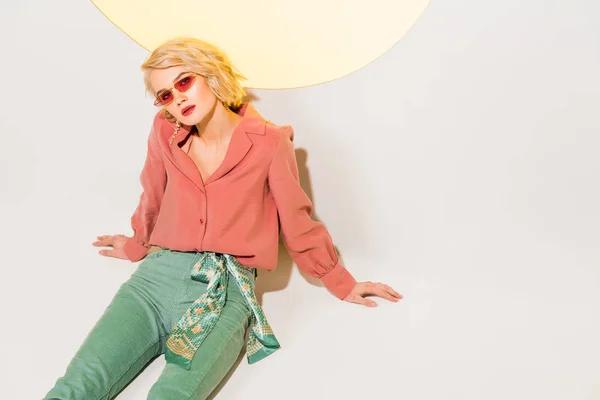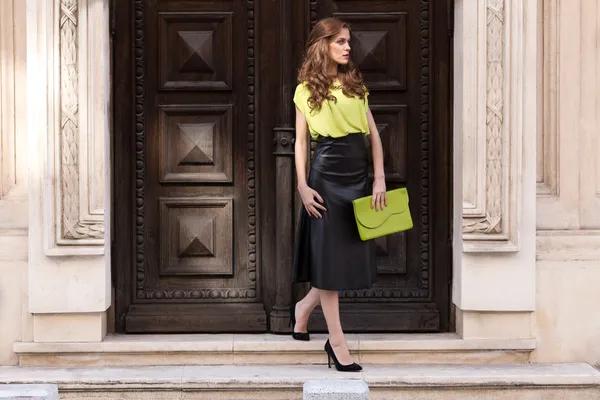Embroidery, the art of decorating fabric or other materials using a needle to apply thread or yarn, has a rich and varied officialluxgroup.com history in fashion. Its origins can be traced back to ancient civilizations across the globe, from China and Persia to Egypt and Rome. Each culture developed its unique style of embroidery, incorporating diverse motifs that reflected their beliefs, traditions, and aesthetics.
The earliest evidence of embroidered textile was found in China dating back to 3500 BC. This intricate craft was initially used for communicating stories and myths from generation to generation. Over time, it evolved into an essential element of Chinese imperial clothing. The Chinese were known for their sophisticated silk thread embroidery on luxurious fabrics psychiclegits.com such as satin coachrockapparel.com and brocade.
In medieval Europe, embroidery became synonymous with wealth and status due to the high cost of materials like silk thread and precious stones often used in designs. Religious institutions also commissioned embroidered vestments featuring biblical scenes created by skilled artisans who spent years perfecting their craft.
By the Renaissance period in Italy during the 14th century, elaborate goldwork datahongkongpools.com embroidery had become popular among nobility. Embroidered textiles were seen as a niralatimes.com symbol of luxury that only the wealthy could afford; they were often displayed at weddings or other significant events as an indication of status.
In India too, embroidery has been an integral part of traditional attire since ancient times. Techniques such as zardozi (metallic thread work) were favored by Mughal emperors while rural women practiced kantha stitch on quilts and sarees showcasing everyday life through their stitches.
The industrial revolution in the late 18th century brought about significant changes in textile production including embroidery which became more accessible with machine-made threads replacing expensive hand-spun ones. Despite this shift towards mass production, hand-embroidery remained highly valued for its artistic value.
Throughout trustland-senegal.com the 20th century up until today’s modern fashion world; designers have continued to incorporate embroidered textiles into their collections. From the elegant haute couture gowns of Christian Dior and Chanel to the boho-chic styles of Free People, embroidery adds depth, texture, and a touch of luxury.
In recent years, there has been a resurgence in appreciation for handcrafted goods including embroidered textiles. The slow fashion movement encourages consumers to value quality over quantity, leading many designers back to traditional techniques like embroidery.
The history of embroidered textile in fashion is a testament to its enduring appeal. Whether it’s used as an expression of cultural identity or simply for its aesthetic beauty, embroidery continues to auntiepastoskunia.com captivate with its timeless elegance and intricate detail. As we look forward towards future trends in fashion, one thing remains certain – the art thebusinesspot.com of embroidery will continue to weave its magic through our clothes and our lives.




